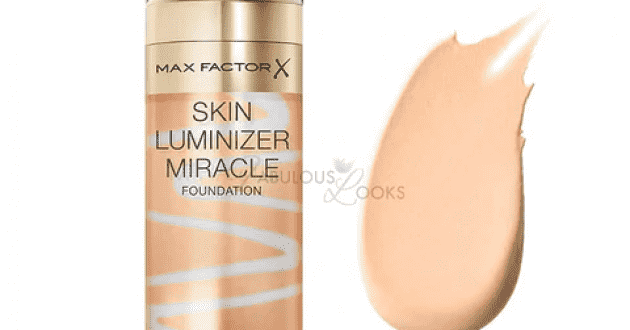First Timer’s Guide To Chemical Peels
Before the peel, the skin is cleaned thoroughly.
Although the word 'peel' may sound scary, conjuring images of raw, red, painful skin, chemical peels are not so harmful in reality. Chemical peels are the ultimate do-over. They exfoliate deeper than face scrubs while addressing various skin issues.
What is a chemical peel?
A chemical solution is applied to the skin which makes it blister and eventually peel off. How many layers are removed depends on the intensity of the peel. After a healing period, the skin is left feeling softer, smoother, and less wrinkled.
Which skin problems do chemical peels address?
Chemical peels are usually done on the face, neck and hands and can be used to:
- - reduce fine lines around the mouth and eyes
- - reduce age/liver spots, freckles and dark patches due to meds or pregnancy
- - treat wrinkles caused by aging
- - treat certain types of acne
- - treat hyper pigmentation, rough skin and scaly patches
- - improve appearance of scars, and areas damaged by the sun
Chemical peels do not work on severe wrinkles, skin sags and bulges.
How are chemical peels done?
You can get a chemical peel in a medispa, doctor's office or in a surgery center.
Before the peel, the skin is cleaned thoroughly. The chemical solution (usually a liquid or paste) is then applied to the skin with a small brush. The chemical is left on the skin for several minutes. Water or alcohol may be used to neutralize the acid and end the chemical reaction, and then it is wiped off. You may feel a little burning while the chemical is on your skin, followed by a stinging sensation. Putting cool compresses on the skin may ease that stinging. You may need pain medication during or after a deeper peel.
What are the types of chemical peels?
Each peel is different and the exact formula depends on the intensity level.
Superficial peels are the mildest type and can be used on all skin types. Superficial peels usually use liquid containing a mild (dilute) acid, most often glycolic acid. Dry ice (solid carbon dioxide) is sometimes used.
Medium peels penetrate the skin more deeply and cause a second-degree burn of the skin. Trichloroacetic acid (TCA) is the main peeling agent used for medium peels, though the peel may also be done in several steps using a different chemical solution followed by TCA.
Deep peels are used only on the face, and use a chemical called phenol. It penetrates several layers of skin and causes a second-degree burn of the skin. They Deep Peels are not recommended for darker skin types, because they bleach the skin, causing hypo-pigmentation.
What happens after the peel?
A reaction similar to sunburn follows - varying in intensity depending on the type of peel. Redness followed by scaling that ends between three to seven days.
Medium-depth peels may leave your skin swollen with blisters that may break, crust, discolor and peel off over a period of seven to fourteen days.
The sun must be avoided for several months after a chemical peel as the new skin will be delicate and extremely sensitive.
Good skin care is essential after a chemical peel. Unfailing use of sunscreen with at least SPF 30 is mandatory. Avoid facials and using anti-aging products soon after as both can irritate the new skin.
At Sanctuary Salon & Med Spa, you'll find the best facial treatments in Orlando. A leading day spa in Orlando, Fl., and Sanctuary’s aesthetic therapists will study your skin, understand your history (scarring, cold sores, pregnancy, ongoing medication, etc.) and recommend the chemical peel that's right for your skin type and goals. A small 'test spot' may be done to give you a better idea of the procedure and the results.
Let Sanctuary help you unveil the soft, glowing, blemish-free skin you never knew you had!



